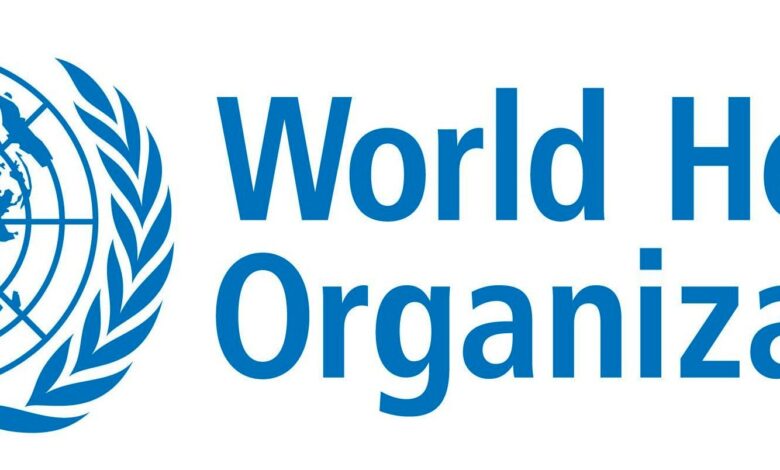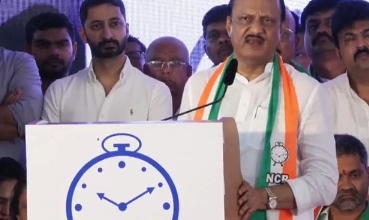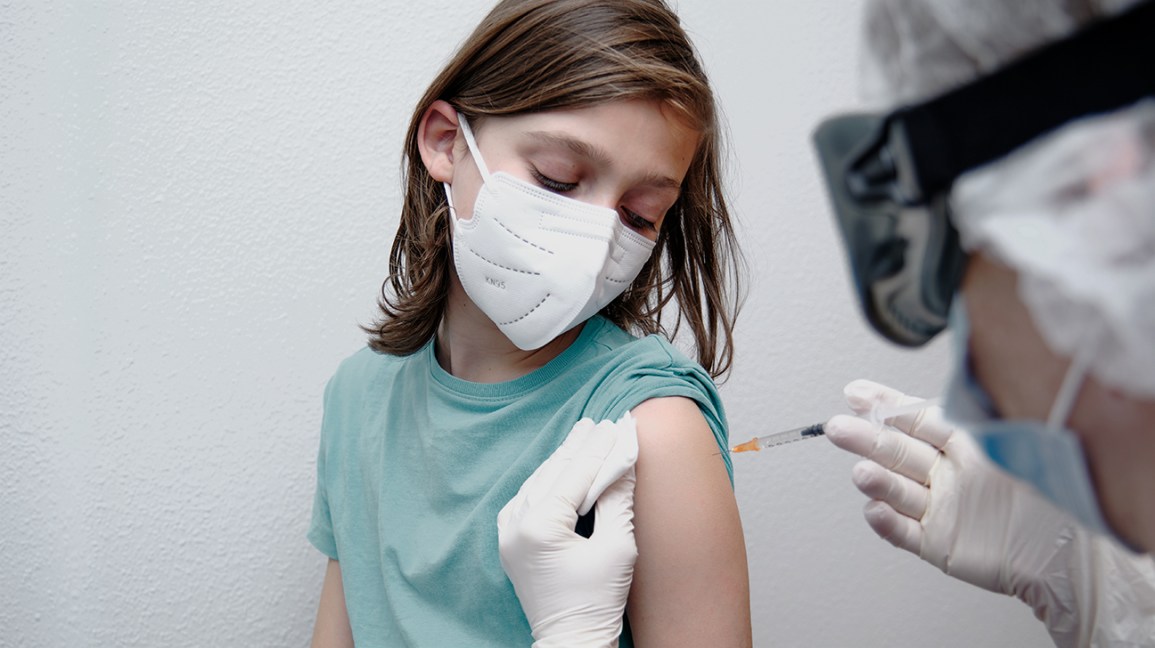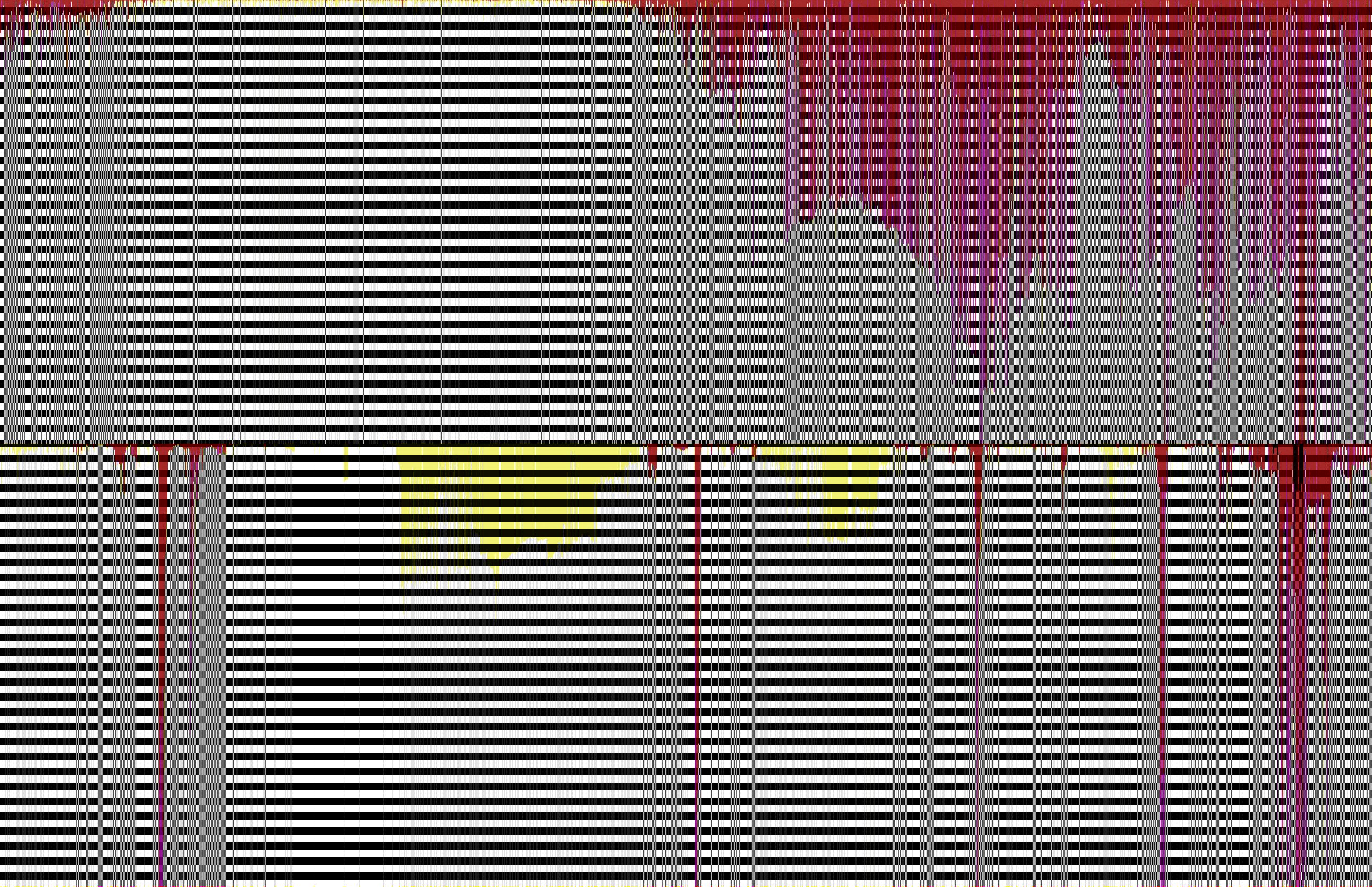Razzmatazz and reality of Covid seriousness propelled by WHO. Who stands behind WHO?

Mobilenews24x7 Bureau
Yet again an alarm of Covid-19 surge in India and elsewhere! That comes from the world fame health guardian World Health Organization(WHO) .
Pat has come an advisory from the Indian government for getting back to the Covid guidelines , as elsewhere also.
But the recent experience of the pandemic has left enough footprints of redoubtable claims by the medical world steered by WHO.
Jabs of vaccines and then boosters and the end result was the usual course of medication that was made more panicky than the real disease.
Even after being administered the above both, many people died and the ones alive, many of them developed complications. Has the WHO any opinion on that besides naming new variants.
Hundreds of eminent medical practitioners have cast shadows of apprehensions about the efficacy of the jabs and booster.
The World Health Organization (WHO) was founded in 1948 with the aim of building a healthier future “for everyone, everywhere”.
Headquartered in Geneva, Switzerland, the WHO is now 7,000 employees strong, with six regional offices and 150 country offices around the world, and over 194 member states adhering to the regulations released by the organisation as per the United Nations system.
Whether it’s the effects of smoking, the swine flu pandemic or a nuclear disaster, the WHO is the body we rely on to advise on and resolve a public health crisis. But can it be trusted? How does the WHO decide on its recommendations? And how reliable are they?
Give & take or just barter
They have to depend on scientists. And the scientists are allocated to them by the countries and by the organisations that finance the WHO. And many of them gave advice and made decisions that benefited the pharmaceutical industry.”]
Trust in the WHO’s ability to objectively address global health matters is not as strong as it may have been at its inception. And concerns regarding the organisation’s finances and the influences of independent contributors have been circulating since the 1950s when, after years of inaction, the WHO’s relationship with key players in the tobacco industry came to light.
“The tobacco industry founded institutes and bought scientists who would represent their position and they made sure their own names didn’t appear anywhere,” says former secretary of health of Switzerland, Thomas Zeltner. “So the organisations were called things that wouldn’t make you suspect they were really representing the tobacco industry.”
Scientists and other important figures within these institutes would often have links to both tobacco giants and the WHO, simultaneously. One example was a toxicologist who served as a consultant for the WHO in the prime of the tobacco movement, while on the payroll of an institute funded by multinational tobacco and cigarette manufacturer, Philip Morris.
After the toxicologist’s poly amorous relationship was revealed, however, he still remained a consultant to the WHO !
There have since been numerous instances where seemingly unnatural relationships have arisen within institutes with a vested interest in the WHO; most of which appeared to occur at the height of alleged global health threats.
One such connection was between pharmaceutical companies such as Glaxo and Novartis, the countries that had signed agreements to purchase swine flu vaccines produced by the aforementioned companies, and the WHO.
The trigger-point for the agreements was a pandemic alert issued by the WHO in 2009.
In the first quarter after the alert, France‘s largest drugmaker reported a whopping $1.95bn (1.71bn euro) profit annual increase. The flu, however, did not live up to its deadly reputation. In Germany, 258 people died in the flu’s first year of the outbreak – a figure far fewer than deaths caused by a ‘normal’ flu outbreak.
While the WHO blamed its extravagant $18bn swine flu budget on being overly cautious, others were, and remain, sceptical.
Interesting revelation
“At the time of the swine flu outbreak, I was WHO general-secretary in the Department of Public Health, Intellectual Property and Medication. Nobody there was afraid,” says German Velasquez, who currently works with the Green Climate Fund (GCF).
“I didn’t know anyone at the WHO who had himself vaccinated, including the director-general, who told journalists in response to their questions that she hadn’t had time but would get herself vaccinated later”, rued Velasquez
“The WHO officials have no idea about such things. They have to depend on scientists. And the scientists are allocated to them by the countries and by the organisations that finance the WHO. And many of them gave advice and made decisions that benefited the pharmaceutical industry,” says Velasquez,.
Over the years, similar trends in relationships between the WHO, the UN and specific businesses and organisations have emerged; some in the most unlikely and critical situations .
As the WHO allegedly played down the number of deaths as caused directly by and due to the aftereffects of the nuclear explosion, it had become clear that organisation was working closely with the International Atomic Energy Agency (IAEA). As a matter of fact, the IAEA was initially founded as the ‘Atoms for Peace’ agency under the UN umbrella.
TrustWHO shines a light on how industry lobbies have infiltrated the WHO and asks whether the organisation can be trusted to keep the public healthy.






